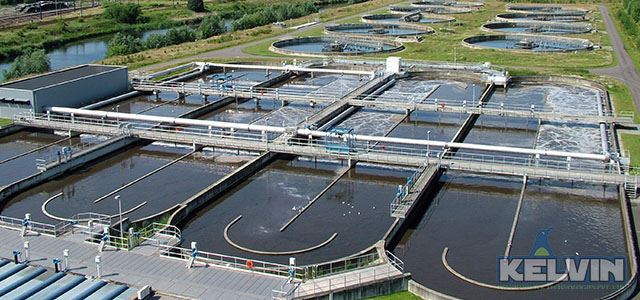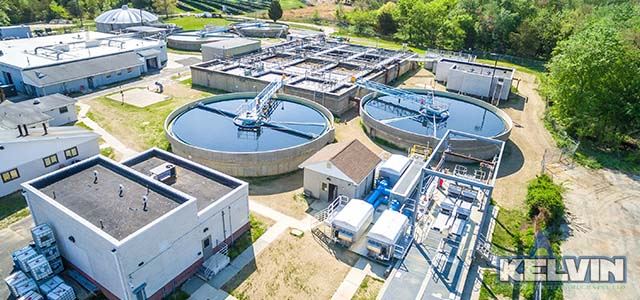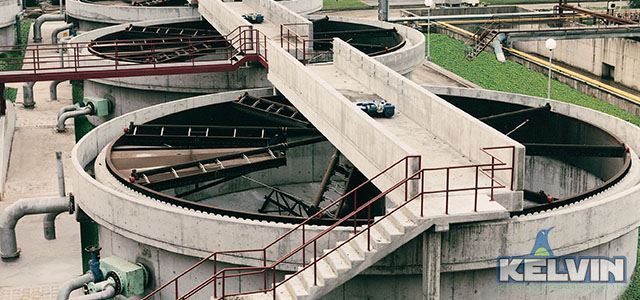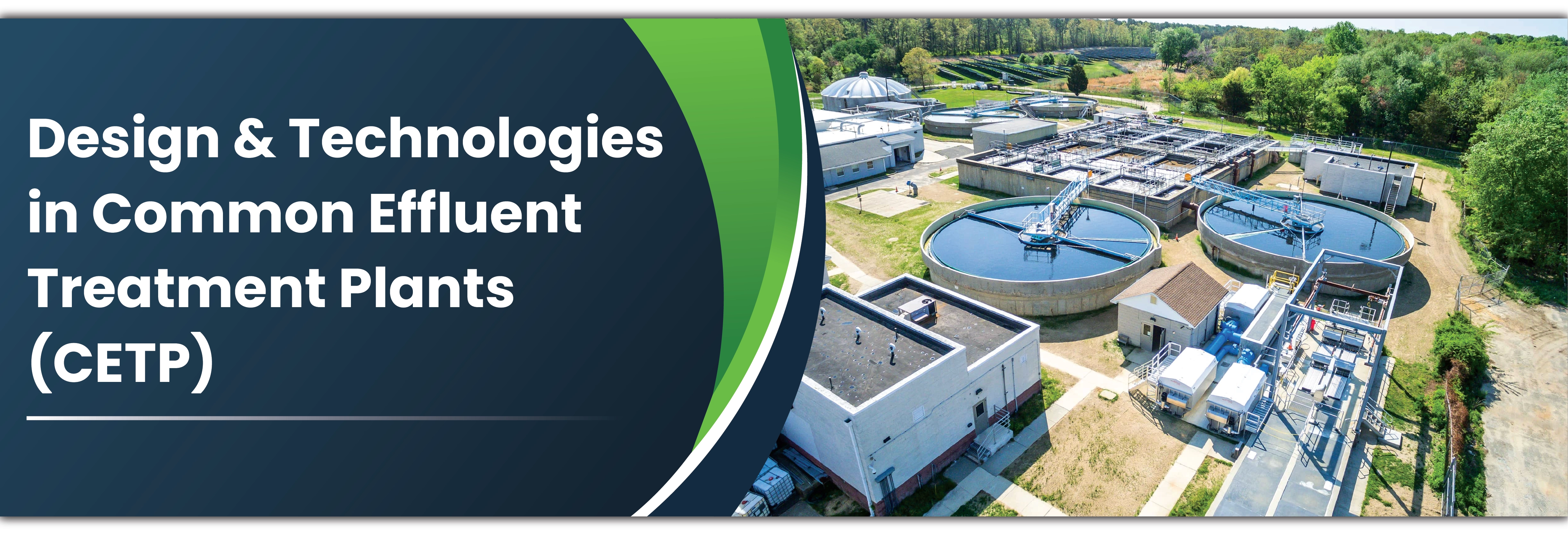Common Effluent Treatment Plant (CETP)
The pollution that we see in today’s world implies that there is a huge need for wastewater management in all industries that produce effluents. Effluents are basically included all the domestic sewage and the industrial wastewaters that are produced in an industrial plant. The need for a solution that includes different steps of collection, conveying, treatment and the final disposition of the effluents from the different industrial districts, has given rise to the concept of Common Effluent Treatment Plant (CETP) mainly for small and medium scale industries. Before having CETP implemented, sometimes the effluent from the industries needs to be given preliminary treatment, which includes correcting the pH or removal of a specific pollutant.



The Basis of the CETP Design
There are some perquisites of the CETP design which form the basis for the entire solution –
-
The type of industries that are located in the industrial estate.
-
Characteristics of the wastewater, like the flow rate and quality.
-
The fluctuations in the kind of discharges that are available in the effluent
-
The kind of pretreatment to the wastewater by the various industries, in terms of meeting the CETP standards.
-
Checking for the reusability of the treated wastewater and recycling of the wastewater or the safe disposal of the wastewater.
-
Knowledge and expertise of the relevant treatment methods along with the availability of energy, manpower, and land for the plant to be set up.
-
The industries that are part of the industrial estate need to agree to contribute towards the capital and the expenses for the operation of the CETP that would be set up.
Various CETP Treatment methods
The CETP can be set up as a combined effluent plant so that it can treat all the different types of wastewater from the industries located in the estate, through the use of various methods/steps within the CETP that are available. These include –
-
Preliminary Treatment
-
Primary Treatment
-
Secondary treatment
-
Tertiary treatment
-
Sludge management
Advantages of CETP Treatment methods
The advantages of the use of the various treatment methods are –
-
Diluting the toxic components along with the inorganic solids that have been dissolved in the wastewater.
-
Continuous seeding of microorganisms ensures better control over the quality of the wastewater.
-
Sewage provides sufficient nutrients
-
Operating costs are reduced related to the addition of chemicals.
Types of CETPs
There are two basic classification types for CETPs –
-
Homogenous – When the various industries in the estate are of similar nature.
-
Heterogeneous – When the various industries produce different products, due to which the quality of the wastewater differs.
Since it becomes difficult to classify the characteristics of the wastewater due to the different industries involved, heterogeneous type of CETP becomes a better option.
Advantages of having CETP
-
Pretreatment of Wastewater is not compulsory.
-
Pollution is controlled as the wastewater is treated.
-
The governing pollution control authority has only one treatment plant to monitor.
-
Partaking industries have the responsibility to generate wastewater as per the CETP acceptance level.
-
The responsibility of reduction in pollution and water consumption lies with the partaking industries.
Different types of CETP Ownership
There are various forms of ownership in case of CETP -
- Private sector ownership
-
The partaking industries form a co-operative company and each industry becomes a shareholder.
-
Advantages of the ownership
-
The partaking industries are committed to pollution control.
-
The partaking industries take care of any problems that may arise concerning the manpower and equipment.
-
-
Disadvantages of the ownership
-
The partaking industries might have an issue or a conflict may arise when it comes to the quality of the wastewater that needs to be sent to the CETP system.
-
In case, if any partaking industry fails to make a payment, that industry would not be allowed to release their wastewater.
-
-
- Public sector ownership
-
The State Industrial Development Corporation provides the infrastructural capabilities needed for CETP.
-
All industries might not support the compliance and enforcement of the system.
-
- Joint Private and Public Sector Ownership
-
The industrial association and the state agency handle the company formation.
-
Though this might improve the funds availability; there might be a delay in execution and the defining of responsibilities. These include –
-
Basic information
-
Collection and conveyance
-
Pretreatment
-
Planning
-
Recycle and reuse of treated effluent or disposal.
-
-
Conclusion
CETP – FAQs
Q1. What is common effluent treatment process?
Ans. The Common Effluent Treatment Plant is a facility that collects, transports, treats, and discards industrial estate effluents (CETP). The discharge includes sewage produced by industrial plants as well as industrial wastewaters.
Q2. What are the different types of CETPs?
Ans. CETPs are classified into two types: Homogenous - Industries producing similar goods in that industrial area are contributing. Heterogeneous- Industries producing widely divergent goods are placed together.
Q3. What are the advantages of common effluent treatment plant?
Ans. Common Effluent Treatment Plant Advantages are: -
- Dilution to toxic constituents and dissolved inorganic solids from the industrial wastewaters.
- Better control over the process due to continuous seeding of microorganisms from sewage
- Sewage provides sufficient nutrients (N, P)
- It may reduce operating cost in the form of adding chemicals.
Q4. Is Sewage is also required to be sent to CETP?
Ans. It is necessary to send sewage to CETP for treatment along with Trade wastewater (Industrial Effluent).
Q5. How Common Effluent Treatment Works?
Ans. An equalisation tank (with neutralisation and surface aeration) and a clari-floculation unit, an aeration tank with an activated sludge process, and a final discharge made up the design and treatment units of the CETP.










